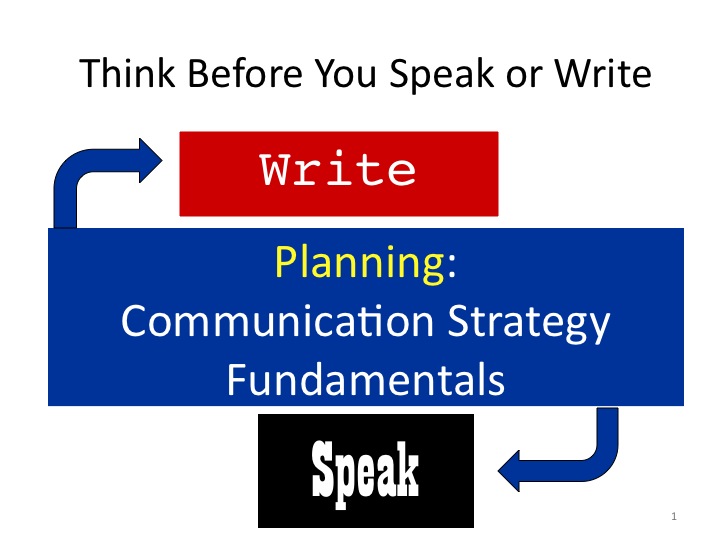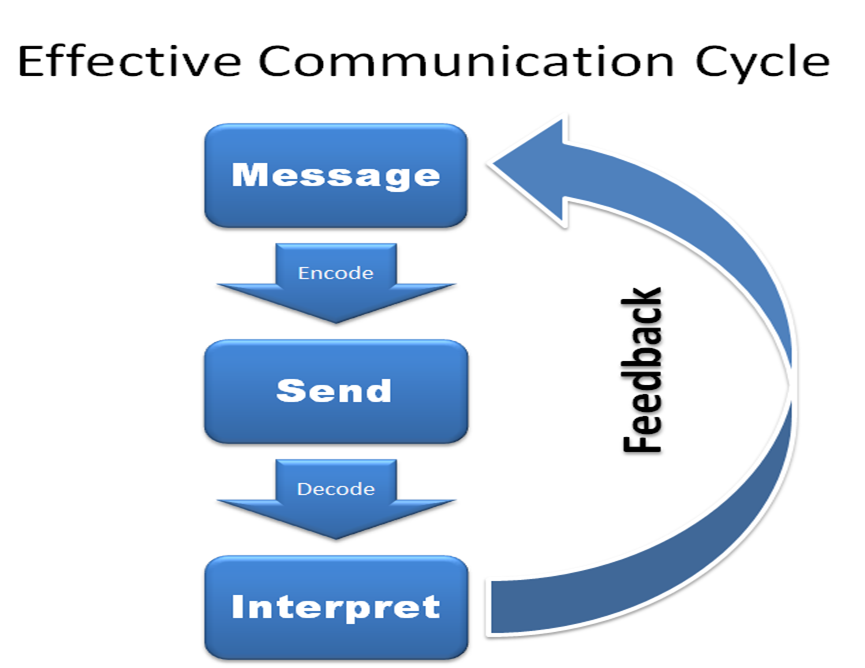Assignment 2
Include an explanation of the principles of effective communication
Definition of effective communication
Electronic Book page 15-18
Effective communication definition:“A two way information sharing process which involves one party sending a message that is easily understood by the receiving party. Effective communication by business managers facilitates information sharing between company employees and can substantially contribute to its commercial success.” (Businessdictionary.com)
The six steps of the communication process
2. This is how you plan to what you will communicate. E.g. Text, speech, images etc.
3. This will be how you have sent the information to a person. E.g. Text, speech, images etc.
4. This will be how the person has received the information
5. The will be how they are going to give a response to the person who talked to them with a type of communication. E.g. Text, speech, images etc.
6. This is how the person is going to respond with a type of communication. E.g. Text, speech, images etc
General communication skills:
Communication processes need an audience to communicate the message to. The success of the message will be determined by:
Cultural differences e.g. Christian vs. Arab
Adapting to suit an audience
Accuracy
Engaging the audience
Question and Answer
Adapting to suit an audience: You have to asses your audience before you decide how many and what type of communication methods to use and what your subject is that you are trying to communicate.
Cultural Differences: Cultural differences between you and your audience will need to be addressed. Some words or signs that are acceptable in one language or culture may be misunderstood or considered offensive in another; this may make you choose different words or gestures that you would not use.
Interpersonal skills:
For people to communicate two or more people must be involved. One person sends a message through words, signals, signs, facial and bodily expressions. The other person will listen to what the other person is saying
Techniques and cues
Positive language
Negative language
Active engagement
Barriers to communication
Types of questions
Speed of response
Positive & Negative Language: This will show how a person will react to someone whether they smile, laugh, nod their head, agree or even say yes. This will get a positive reaction from the person who has spoke to you, with this positive language it will keep you alert and allow you to feel interested in what the person is talking about. When you are showing negative language to a person by talking over them, not listening, talking while their talking or even finishing their sentence this could cause a negative reaction between the two people. If you do not listen to the person who is speaking you will then show that you do not enjoy listening to that person who is talking about something. You can also give out negative language with your body language this can be done by yawning, or shaking your head in disagreement.
Active Engagement: When communicating you do not have to just communicate with the person by speaking, you can communicate through different ways when the other person is speaking to you by nodding your head, smiling, laughing this will show that you are reacting to what the person is saying which will improve the communication between one another. Once the speaker has finished then you will be able to respond with question or an interaction. E.g. clap, say well done or agree. This will then show that you agree with the person about what he is saying.
Written communication skills:
When you are communicating in writing the writing will require good knowledge and understanding of the written work that is to be produced. They will also need to have the ability to write clearly or type clearly when structuring sentences together. When writing about communication you are unable to use body language or use your tone of voice. When you are writing you will need to have effective communication skills when writing in order for the reader to understand about what you are writing.
Key messages
Smileys or emotions
Grammar and spelling
Structure
Proofreading
Identifying relevance
Alternative viewpoints
Note taking
Capitalisation
Alternative viewpoints: In some documents they way that information is presented as it can give alternative viewpoints from where the sentence structure for each viewpoint starts and ends. The structure may include an introduction which explains and summarises the main points about the document.
Structure: When writing a sentence which is 1-2 lines long it needs to be neatly layout so the reader ca understand what you are writing about. A logical framework uses headings and bullet points and illogical framework means the reader will need to work hard to interpret your meaning. When using templates for letters, emails and standard wording you are expected to adapt specific communications with suppliers, customers and colleagues. O the other hand if this is not the case then reuse and adapt communication skills that have been used in the past.


No comments:
Post a Comment